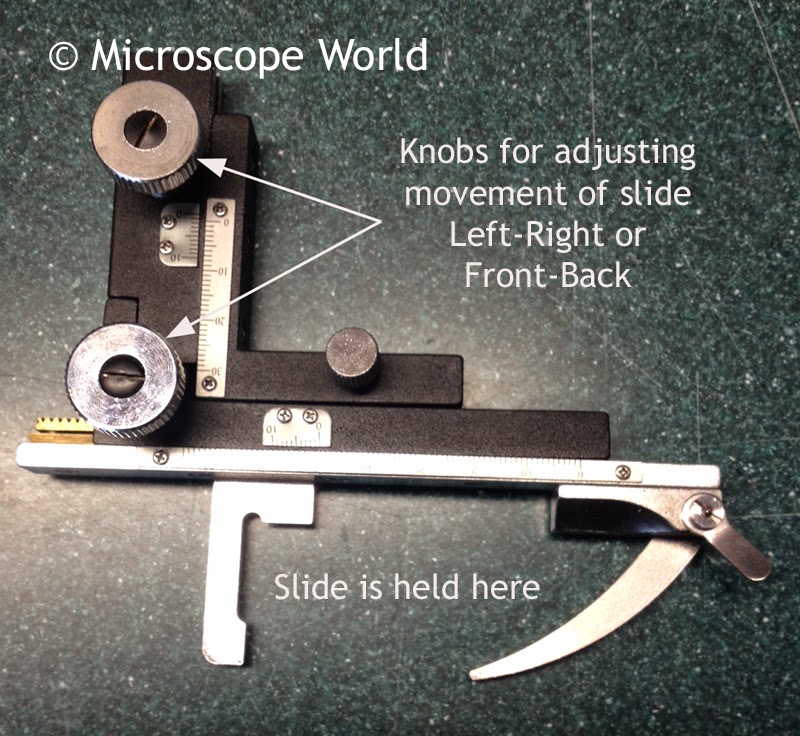Mechanical Stage Microscope Function
Feb 6th 2024
What is a Mechanical Stage?
Before diving into its function, let's first understand what a mechanical stage is. In simple terms, a mechanical stage is a platform located beneath the objective lenses of a microscope. It provides a stable and controlled surface for placing and maneuvering specimens under examination. Unlike a simple stage, which relies on manual adjustment of the slide, a mechanical stage offers precise control and movement in both the X and Y directions.
What is the Function of Mechanical Stage in Microscope?
Now that we have a basic understanding of what a mechanical stage is, let's explore its function in greater detail. The primary purpose of the mechanical stage is to facilitate precise positioning and manipulation of specimens for examination. This precision is crucial for achieving accurate observations and measurements under the microscope. By allowing controlled movement in horizontal (X and Y) directions, the mechanical stage enables users to navigate across the specimen with ease, scanning different areas of interest and capturing detailed images.
Mechanical Stage Knob Microscope Function
Within the mechanical stage, there are specific components that contribute to its functionality, one of which is the mechanical stage knobs. These knobs, typically located on the side of the microscope stage, serve a vital role in controlling the movement of the stage. By turning one of the mechanical stage knobs, users can adjust the position of the specimen with precision on the X-axis, moving the other knob will adjust the specimen on the Y-axis. This controlled movement is essential for focusing on specific areas of the specimen and capturing detailed images at various magnifications.

What is the Function of the Mechanical Stage Lower Knob on a Microscope?
Microscopes either have mechanical stage knobs located on top of the stage, or dropped down below the stage. The lower knobs below the stage operate in the same format in that one knob controls X-axis movement and the other controls Y-axis movement.
Focusing knobs on the microscope raise and lower the stage and are used to control the Z-axis movements.
The mechanical stage plays a vital role in the functionality of a microscope, providing precise control and movement for examining specimens with accuracy and detail. The ability to navigate across specimens in horizontal directions ensures that microscopy observations are conducted with precision. Understanding the function of the mechanical stage and its components, such as the mechanical stage knob and lower knobs, empowers users to unlock the full potential of their microscopes for scientific exploration and discovery.
View our mechanical stages





